Everyday meals in Scarterra
I already covered how do most Scarterrans acquire their food in detail. Now I will cover how most Scarterrans prepare and eat their food.
Feast days and the like are fairly common throughout Scarterra, but I'm going to focus on ordinary meals.
There is less gap between social classes on everyday meals. Some somewhat portly Kings and queens eat lavish meals every day, but more than a few lesser nobles regularly host lavish feasts or attend the feasts of their superiors and peers, but then they will pinch every copper piece and eat very modestly in between these feasts days.
Different food is considered peasant food or rich food varying by region. In the Elven Empire, upper class people wouldn't deign to eat potatoes but in Swynfaredia, even the queen occassionally eats potatoes. Likewise, in the Elven Empire, cornbread is viewed as acceptable on the tables of peasants and princes alike, but in Swynfaredia, corn is considered a peasant food, or even livestock feed.Surprisingly though, nobles and commoners often eat very similar food though rich people generally have access to more and better spices. Some cooks take it too far and load dishes with spices with the goal to show off wealth and status rather than create the best tasting food. I always appreciate a well-stocked spice chest, but I never waste what I am given.Various Spices and Herbs on Brown Round Plate by Karolina Grabowska
Appetizers and Deserts?
Sometimes during a formal feast, there is a proper order in which to eat one's food, but for everyday meals, it does not really matter.
Normally all the food that is part of a meal is served at once and diners can eat their food in any order they want without offending anyone. If food is served at different intervals it is normally not because soup is served before the main meal or because sweets are served at the end, but it is because whoever is cooking your meal is giving you the food as it becomes ready.
There is a tradition for evening meal popular with gnomes that has spread to some non-gnomes called a "dinner cap" or a "supper cap" that vaguely resembles modern desert. Essentially, the diners will have a pot of tea, or a jug of ale, or a bottle of wine and leisurely drink it at the end of a meal.
History
Most staple crops and livestock that Scarterrans are used to eating have ancient roots, dating back to the Second Age or even earlier. While a lot of basic agriculture was disrupted by the Second Unmaking, agriculture and animal husbandry bounced back relatively quickly. The surviving mortal races of the previous age were eager to resume having regular meals and the newly emerging humans were pretty innovative. Various spirits were happy to help early Third Age mortals gain or regain what was lost.
Most basic foodstuffs and common meal etiquette was already well established by the onset of the Feudal Era, so things haven't changed much. Though transportation and trade networks have improved a fair bit relative to the Red Era leading to the spread of more crops. rice was and is the staple food of Umera, but now rice can be found everywhere. Potates were and are a major staple of West Colassia, but now potatoes can be found everywhere. To a lesser extant luxury foods like coffee and tea are becoming more widespread with each generation.
Components and tools
What do they eat on?
Among humans and elves, wooden plates and bowls are the norm for most of the lower classes, while wealthier people might eat on ceramics (often considered middle class) or metal (usually only for very posh people or events). dwarves have ready access to metal and clay so even even poorer families rarely use wooden plates and cups. tengku care about displaying signs of wealth even if they are not well off so they tend to eat with fanciest dishes they can get, and they often off poor man's meals on a rich man's plate. There is even a somewhat racist expression that a "tengku box" or a "tengku jar". Whether it's food or not, a "tengku container" is said to be a very pretty looking container with unremarkable contents. On the opposite extreme, unless they are trying to impress outsiders gnomes rarely bother with fancy dishes and will focus on the food on the plate rather than plate.It is pretty common for peasants and princes alike to eat their meals on bread trenchers. The main difference is the lower classes would usually eat their trencher afterwards and the upper classes would donate their trenchers as alms for the poor such as moon bread. One major difference between dwarf dining etiquette from human or elf dining is that even upper class dwarves tend to eat the bread trenchers (and they will try to make them more palatable as a result).
A lot of pastries are built so the crust acts as a plate or trencher, in a vaguely bowl shape. So called "peasant pastries", while technically edible were too hard for even poor people to eat because Scarterran dentistry was not great. In this case, pastries were tossed away or given to pigs. In times of famine, people might soften a peasant pastry in hot water in order to eat it, but in normal times, even peasants won't normally eat them.
A so called "prince pastry" is leavened with lard or butter to make it softer and easier to eat. These are relatively uncommon, even for actual princes who often toss aside their pastries just like the peasants do.
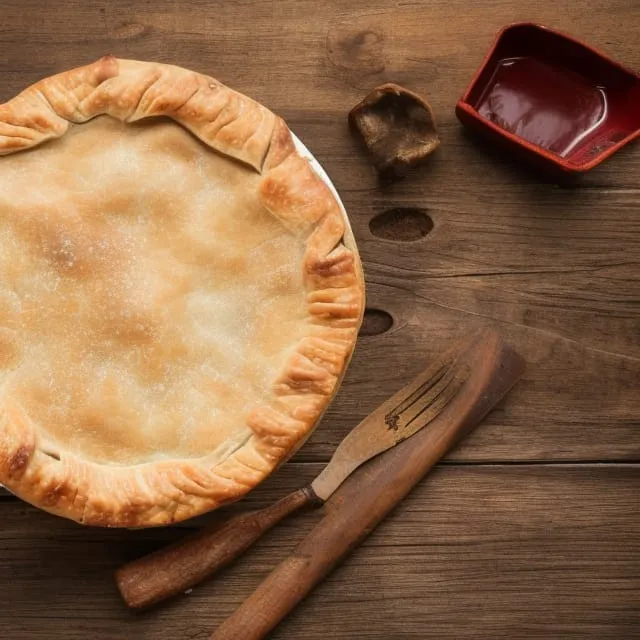
Midday Pie with wooden cutlery by Me using Nightcafe
What do they eat with?
It is fairly common for Scarterrans of various social classes to eat with their fingers. Most peasants and princes alike usually wash their hands before dinner (thank Mera and her Tenders for that one). Even after hand washing, eating with one's left hand is often taboo because left hands are traditional for wiping of one's butt. Higher end households might have special napkins or finger bowls to clean ones finger between bites or courses. Use of this varies from culture to culture. Most Scarterrans are used to seeing knives and spoons at the dinner table. Utensils may be made from wood, metal, bone, or more exotic materials depending on what the diners prefer and what they can afford. Nothing like modern table knives exist in Scarterra, Scarterran dinner knives are generally just as sharp as knives used as weapons.
Wooden spoons and metal knives is the norm for most human and elf commoners. dwarves have a lot of metalwork so even poor dwarf households usually have all metal cutlery.
Knives are often used not just for cutting, but also for spearing food or picking teeth. A lot of people use their own knives to eat with rather than the knives of the person hosting them for dinner, and a lot of smaller dinner knives have stylistic handles carved by their owner which make a good conversation piece. It is not uncommon for people to have their own spoons tool and if anyone is ever short a spoon, they can use their trusty knife to carve a new one.
Forks are relatively uncommon on human or elven dinner tables, normally only seen on the dinner tables of wealthier people though dwarves like forks so much that even poor families tend to use regularly because as noted, metal cutlery is plentiful in dwarf communities.
Scarterran forks are normally a two pronged tools used for steadying things that are cut. Sometimes it is a minor to actually pick up with said fork and sometimes it is not. dwarves as the most frequent fork users regularly skewer their food on forks and this practice has trickled down to humans they regularly trade with such as Fumayans, Kantoca, and Borderlanders among others.
Eating with chopsticks is generally only common in Umera or ports that deal with Umera a lot. Chopsticks became popular because they were cheap and Mera's Umeran worshipers said it was improper to have knives at a civilized family's meal table.
Participants
Most commoner's household meals are prepared by women. Most noble households' professional cooks are male, as are most professional cooks that serve commoners en masse via businesses such as town bakeries and pie shops.
Exceptions are plentiful though as everyone has to eat, so that means that often everyone has to cook at least once in a while. People like to eat well, so good cooks tend to be asked to cook regardless of their background.
Observance
The Most Important meal of the day?
The food eaten varies by regional availability and cultural preferences but most non-nomadic Scarterrans have their main meal at midday along with a decent sized midday break. Most humans, surface dwelling dwarves, and most elves eat about half of their daily calories at the midday meal. For the morning breaking of the fast or the evening meal, most Scarterrans eath something fairly simple, often but not always cold. Often the cold rations of the evening meal and morning breaking of the fast were prepared for at midday or are outright leftovers from the midday meal. Most peasants and princes alike rely on the sun as their primary light source rather than some sort of artificial lighting and they like to see what they are eating when they have a nice meal. It is noteworthy that underground dwelling dwarves (who obviously rely on artifiical lighting more) often their main meal of the day at the end of their work day rather than in the middle of it. Wood elves, generally prefer to eat three roughly equal meals each day (or five very light meals), but after enough of them got used to eating human meals on their Rumspringas, wood elves have gradually adopted the practice of making their midday meal the main meal.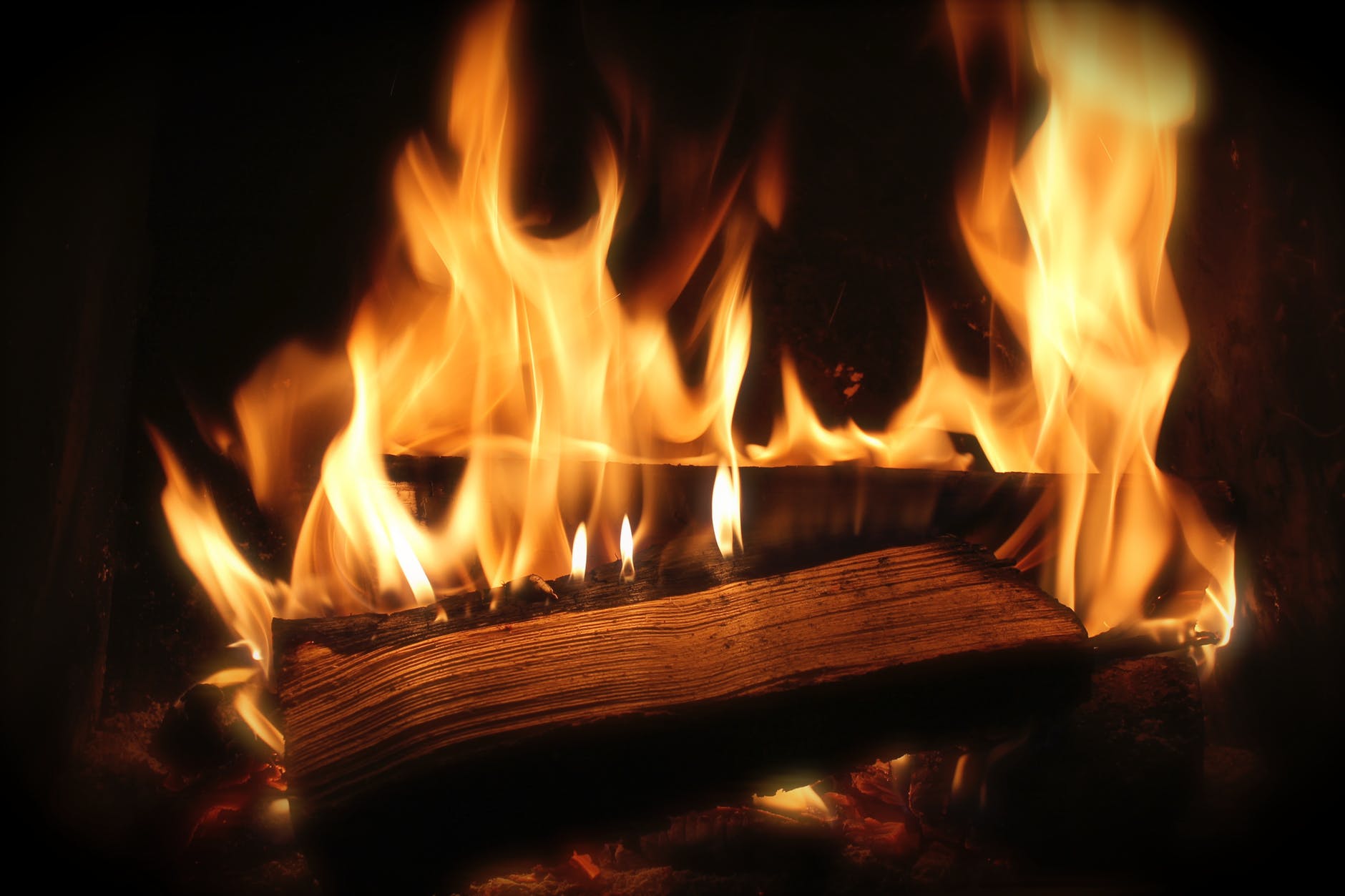
free download from Pexels by alex Lázaro
Preindustrial cooking requires fire. Unlike many inaccurate movie depictions, this rarely involves cooking over open flame, usually this involves using hot coals which are both hotter and more even than flickering flames. Despite this, someone cooking needs to constantly add or remove coals to keep the heat just right and watch the food carefully lest they burn it or serve it undercooked.
Primary Related Location

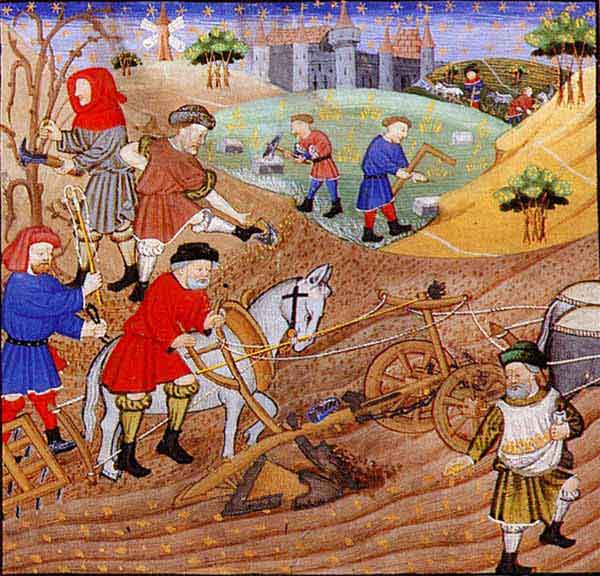
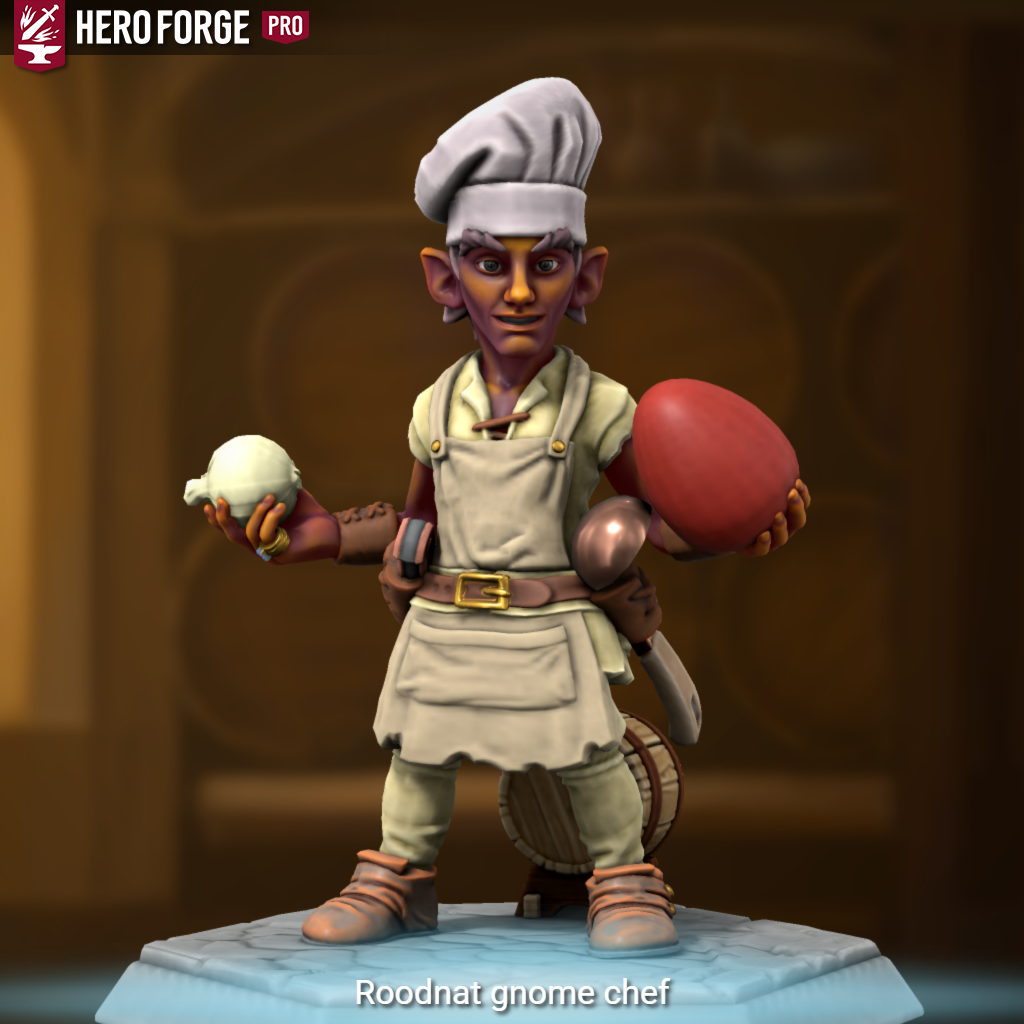
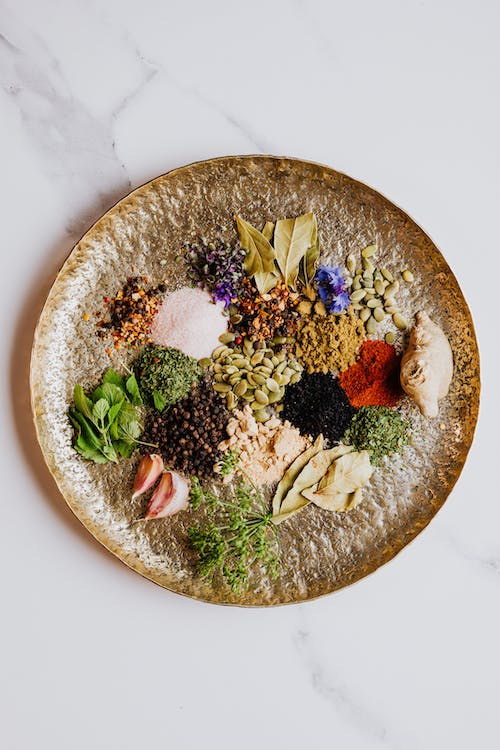
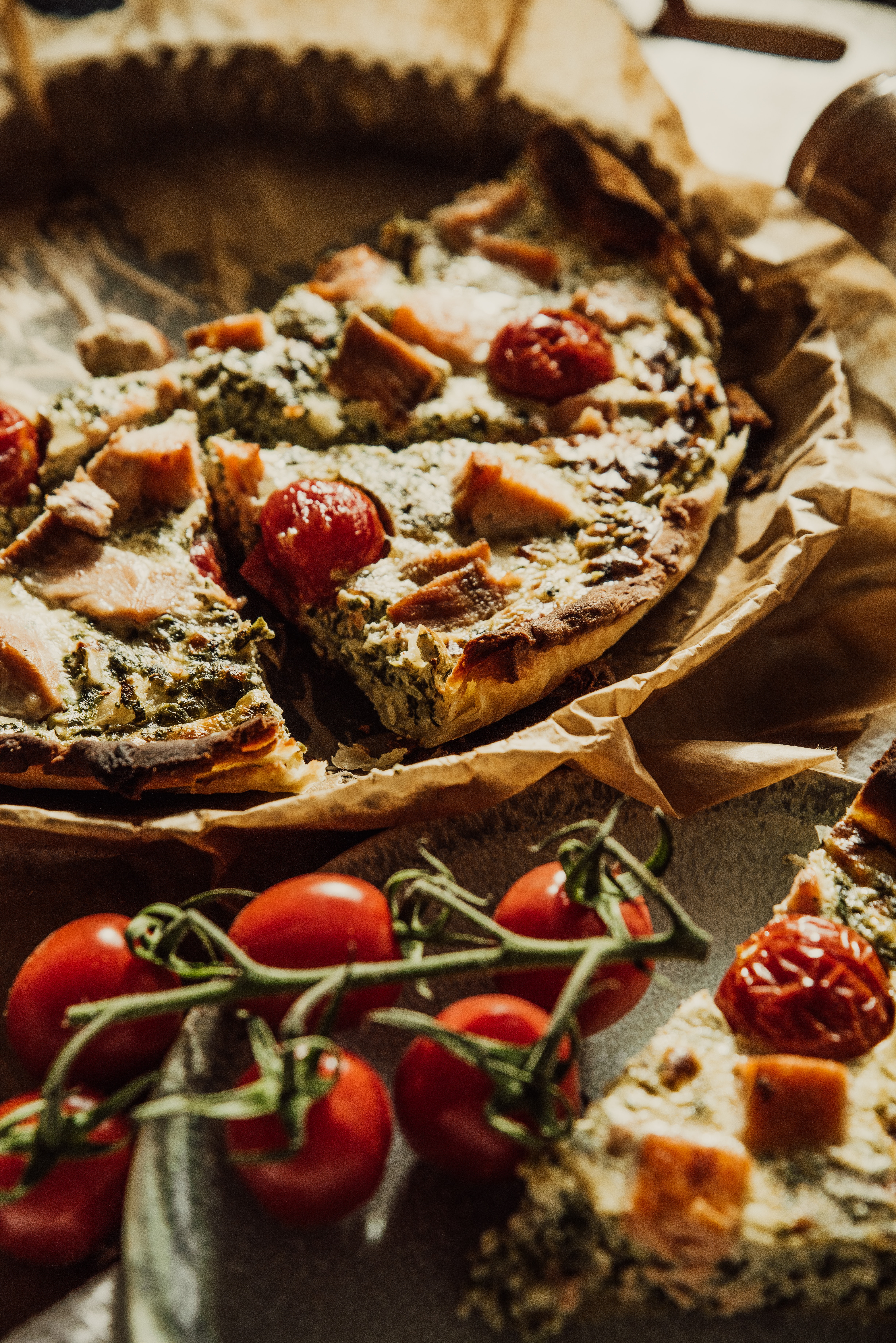
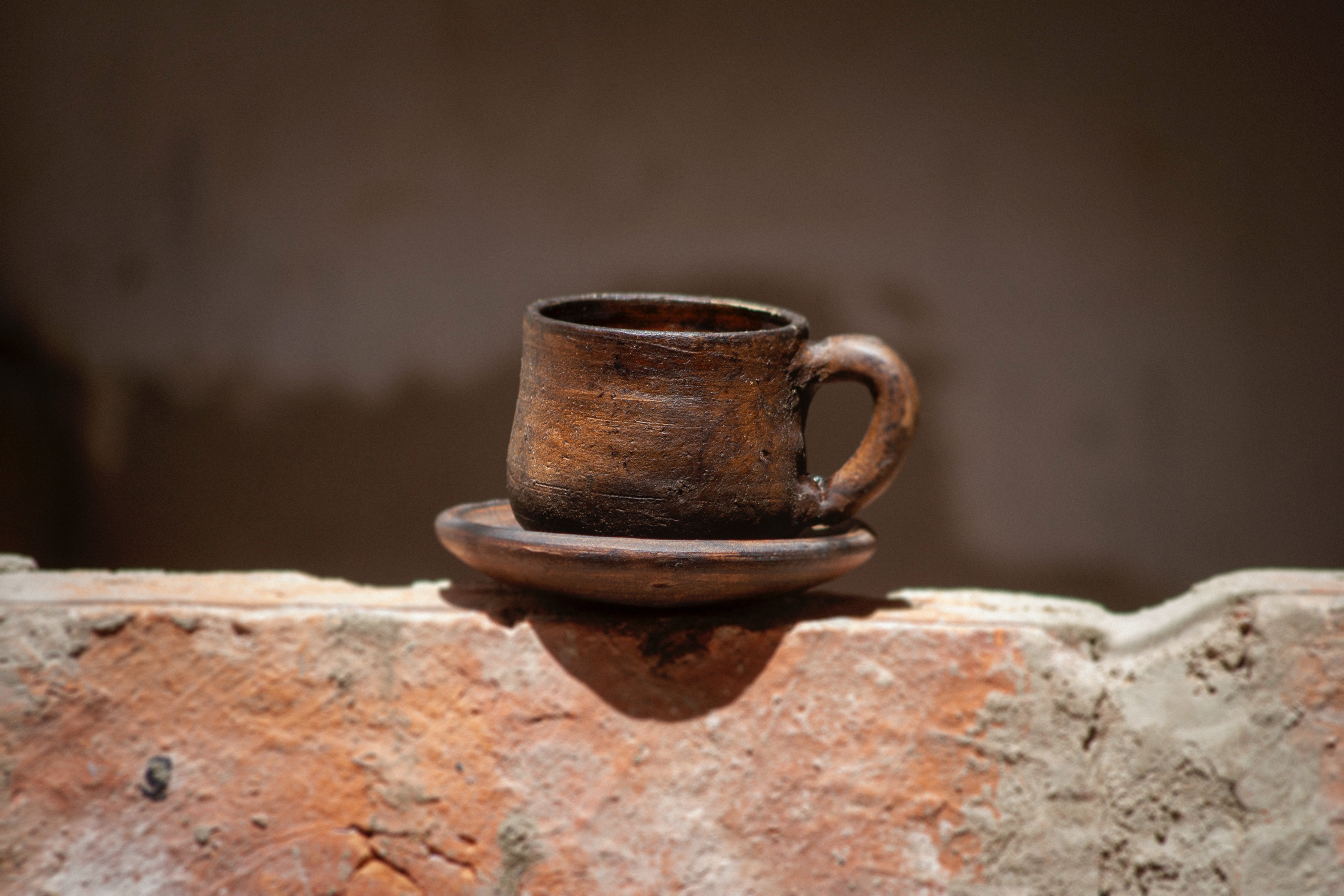
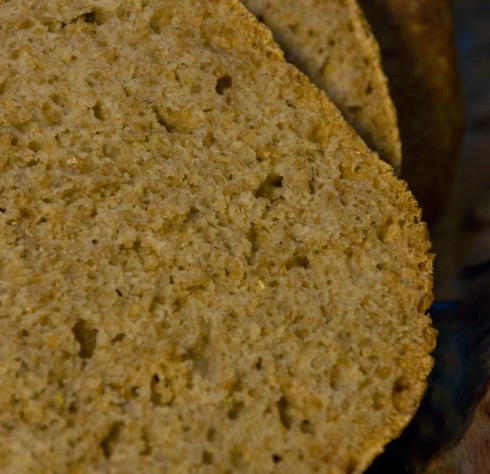
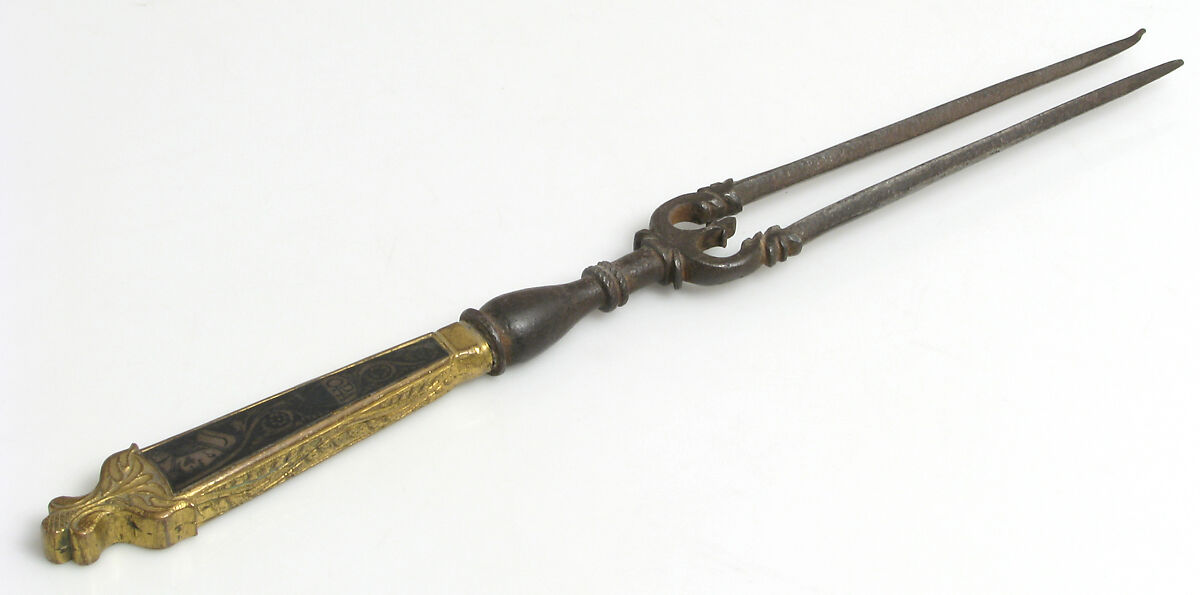
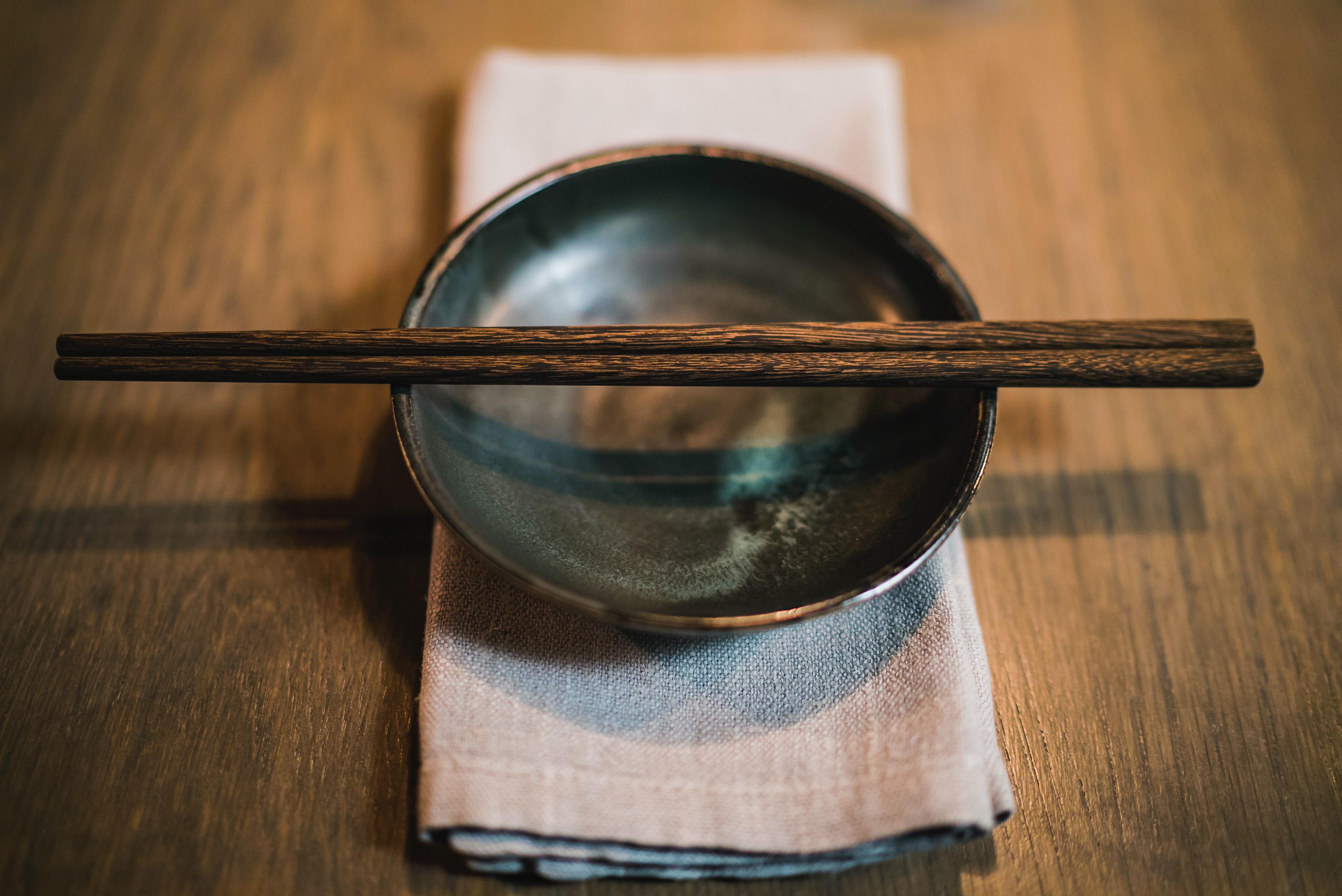
Comments